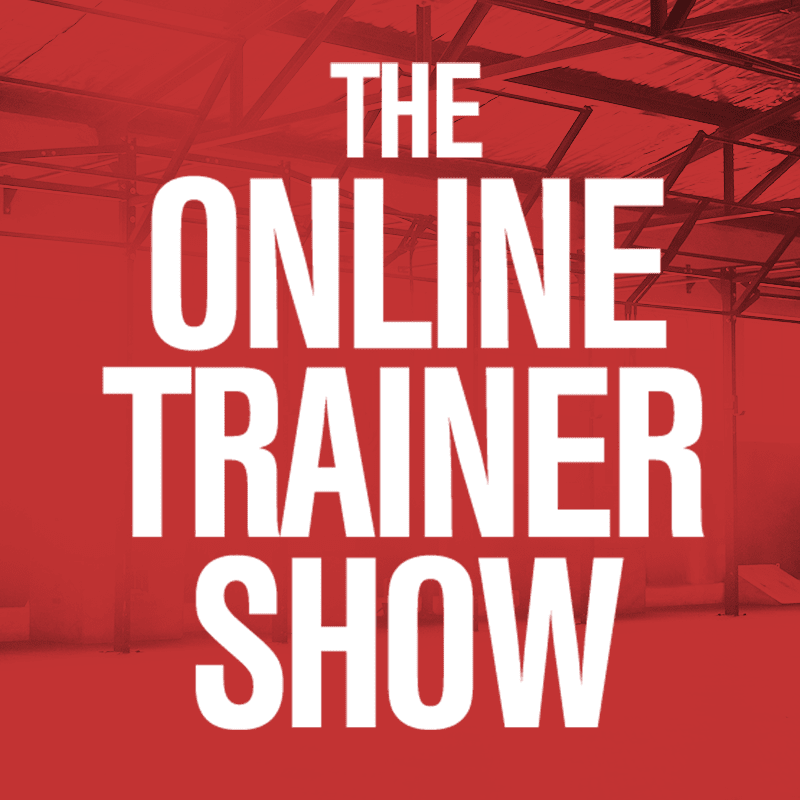In this episode, Jon and Amber challenge the established order and talk about the outdated curriculum of the certifications out there and the self-serving purpose behind them.
Getting a personal training certification means you're ready to dive into working with clients—right?Not necessarily.
Let's dig in.
Don't forget—money matters
Large-scale certification companies are funded by investors, like any large corporation. Each year, they work to make more money than the previous year. To keep investors on board, money comes first.
This means students come second, third—or worse.
A large-scale certification company needs to keep students buying as often as possible.
Some large-scale certification companies offer add-on programs to help certified trainers learn more about offering online training, but generally, certification programs aren't built to help online trainers effectively train clients.
The 11-step client lifecycle
Every personal trainer goes through an 11-step lifecycle with each client:
- Get in front of clients
- Attract
- Engage
- Sell
- The legal stuff—terms of service, liability waivers, etc.
- Intake assessment
- Program building
- Program delivery
- Support mechanisms
- Retention
- Referrals
Each step is important, but personal training certification programs only prepare trainers for step 8—building the client's program.
While program building is an important part of the training process, it means little if a trainer doesn't know how to attract, engage, and sell to clients in the first place. Some certification programs touch on legal matters, but rarely give enough information to allow a trainer to practice knowing they're fully protected. Many intake assessments taught by certification companies are out of date, and are far more applicable to in-person training than online training. Certification programs rarely teach trainers how to support their clients throughout the personal training process, especially in their areas of motivation and program compliance.
Why qualified trainers struggle to get clients
The client lifecycle is complex. Many trainers find themselves struggling to even make it to the program building and delivery stages, as they don't know how to attract, engage, and sell to clients. In the event that they can snag some online clients, they aren't likely to know how to assess them appropriately in a virtual setting, which can make it nearly impossible to develop a training program appropriate for their unique needs.
COVID-19 and certification companies: What happened?
When COVID swept the world, the phones at the PTDC rang like crazy—personal training certification companies realized they weren't prepared to teach trainers how to acquire, train, and keep virtual clients.
The companies were brutally honest about their failure to develop adequate programs to help trainers succeed in the virtual market. One company said they purposely built programs easy enough for people who "weren't smart enough" for a university degree, while others said that they never had enough interest from trainers to release programs that taught how to build a successful business.
Rather than give trainers the business training they need to succeed in a virtual world, training certification companies are releasing specialty courses that keep trainers coming back—wallet in hand.
Getting what you need as a trainer
Trainers are human, and just like everyone else, we tend to do more of what we're already good at. Most personal trainers get into the fitness world because we enjoy working out and staying fit—we already know what we're doing. Most trainers, however, aren't business experts. It can be easy for a personal trainer to think the next nutrition, functional training, or weight management certificate will finally provide the business boost they need. But without knowing how to actually run a business, they'll remain stagnant.
We need to dig into the tough stuff—the uncomfortable, new, tough-to-understand business education—in order to move our businesses forward.
Never miss an episode
All episodes are available to subscribe and listen to on iTunes, Spotify, and Stitcher. You can also subscribe and watch it on YouTube.





